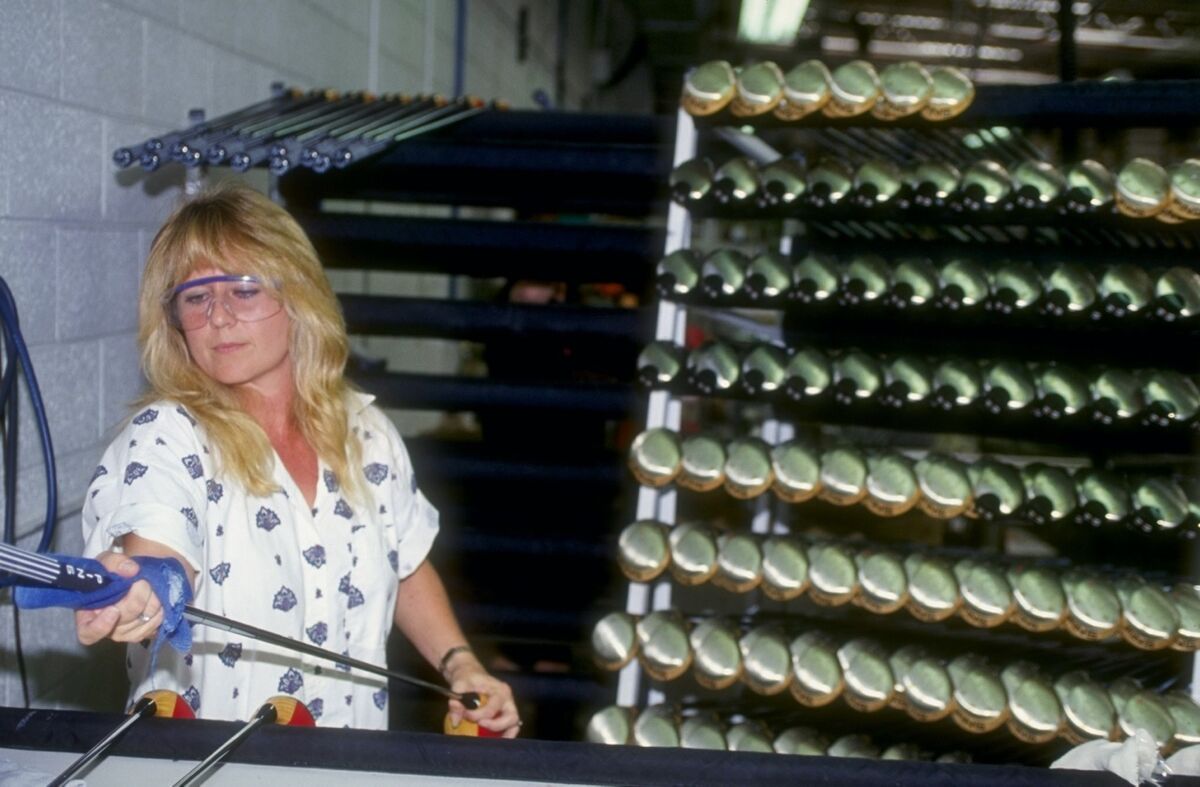The History of Ping Golf Clubs

Ping manufactures high-quality golf equipment, including golf clubs, golf bags, gloves, and apparel. Based in Phoenix, Arizona, Ping has built a reputation as an innovator in the golf equipment space and celebrated its 60th anniversary in 2019.
Ping Golf Clubs History
Karsten Solheim started Ping in his garage in Redwood City, California. He built his first putter in 1959 and noticed it made a "ping" sound when it struck the ball, a discovery that inspired the name of his company. By 1962, a Ping putter was used to win a PGA Tour event for the first time.
Karsten Solheim's Legacy
Solheim's contributions to golf club innovation reflect his commitment to and love for the game of golf. The Anser putter, designed with an offset hosel to give golfers a clear view of the putter face, is just one of many innovations that helped make the game more enjoyable.
Solheim’s innovation extended beyond equipment. Ping’s founder was instrumental in establishing the Solheim Cup, a biennial tournament between the best U.S. and European women golfers first played in 1990.
Ping Golf Innovation
Ping was the innovator of perimeter-weighted golf clubs. By moving weight towards the toe and heel of the golf club, Ping expanded the club's sweet spot, producing better results from off-center hits. The time-tested technique is still in use today.
Ping Color Code Chart
In 1972, Ping became the first company to come out with a color-code fitting system. A colored dot on each Ping club told the customer the lie angle of the club. With this system, golfers could buy clubs that fit their height and swing.
Iconic Ping Golf Clubs
The Anser is the most popular putter Ping has designed. It has been used in over 500 professional golf wins.
In 1982, Ping developed the Ping Eye 2 irons, which have been the best-selling irons in its history. Designed with square groove technology, the Ping Eye 2 irons impart more spin on the ball. In 2009, Ping promoted its release of the G15 driver and irons. The G 15 irons are designed with a lower center of gravity, which allows golfers to hit the ball higher.
Most recently, Ping launched nine designs to create more forgiving irons, including the G710s and i500s, among others. Ping continues to test the golf technology limits and produce clubs that both the pros and amateurs enjoy.
1969
K1 Irons launched and featured perimeter weighting, resulting in a more forgiving clubhead. Even though it launched in 1969, Ping had worked on these technologies as far back as 1961.
1982
Ping Eye 2 Irons Launched after improving the original Ping Eyes that launched in 1978. After the improvements, this set of irons became one of the best-selling in the game.
1998
Ping ISI Irons were the first clubs that used Nickel which helped improve their durability without losing the soft feel.
2000
Ping i3 (Blade & Oversized) irons were launched and became the first irons to incorporate the Custom Tuning Port which allowed Ping to precisely control the club-head weight without having to use tip weights. These irons also eliminated unwanted vibration for improved feel, and were so popular they were modified into the i3+ in 2002.
2003
Ping S59 were used by Bubba Watson for over a decade on Tour. The irons were one of the smallest, lowest-launching, and workable the company made at the time. The design produced a solid feel and gave high-handicappers better distance control.
2006
Ping Rapture Irons were popular because they were the first Ping irons to utilize a multi-material construction with the stainless steel body, thin titanium face, and tungsten toe weight. This technology sparked other club designs down the line.
2010
G15 irons, the successor of the G2 series, featured a custom tuning port that allowed for movement of greater weight at the perimeter and resulted in a very forgiving clubhead.
2013
Ping launched the S55 irons which were the next set of irons Bubba Watson used. The irons were loved by amateurs as well because of their forgiveness.
2018
Recently, the Irons released by Ping have become favorites across the golf world. The Ping Blueprint, G710, i210 and i500 are some of Ping's most popular irons. The Blueprints help with consistency, and while the design isn’t the most forgiving, it's one of the best for players who like to work the ball.
Ping’s G710s are sleek with a striking black finish that automatically draws you to the club. The irons produce high ball flight with good distance and are great for players looking to improve their game.
The Ping i210 irons give players a nice blend of control and forgiveness. The club is designed for the better player who wants extra forgiveness and good distance.
The i500s are another aesthetically pleasing that is popular among all levels of golfers. The i500 flexes at impact by two-thirds of its thickness which helps produce the distance players want. The i500s are ideal for low to mid-handicappers as it’s built for higher swing speeds.
A Family Business
Karsten Solheim remained the figurehead of the company for 40 years. With his passing in 2000, Karsten's youngest son, John Solheim, took over as Chairman and CEO. Karsten's grandson also works for the company as vice-president of engineering.
Image: Gary Newkirk/Getty Images Sport via Getty Images